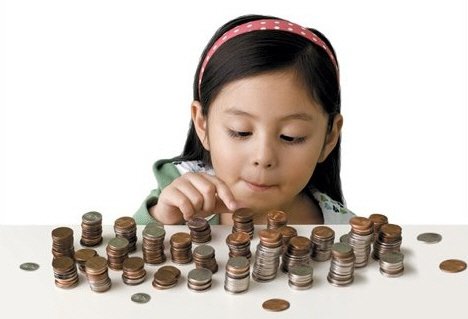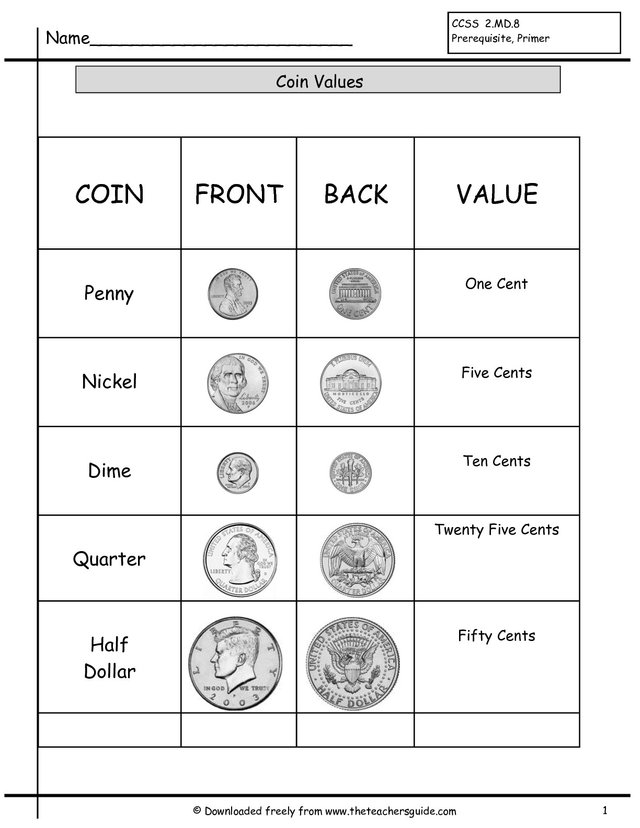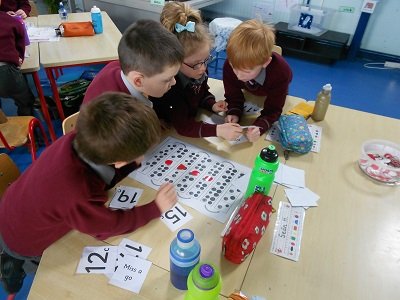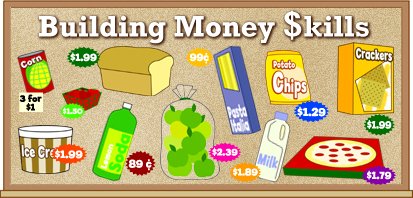How to help primary children work with money - MATHS
Money skills are perennial problems for the primary teacher. Although no easy answers exist, it is useful to consider what skills and concepts are required for working with money.

Here is a list of the money ideas and skills typically required in the primary grades:
- Coin recognition
- Values of coins
- Using the values of coins
- Counting sets of coins
- Equivalent collections of coins
- Selecting coins for a given format
- Making change
Coin recognition and values:
The names of our coins are conventions of our social system. Students learn these names the same way that they learn the names of any physical objects in their daily environment - through exposure and repetition.
The value of each coin is also a convention that students must simply be told. For these values to make sense, students must have an understanding of 5, 10, 25 and so on. More than that, they need to be able to think of these quantities without seeing countable objects. Nowhere do we say, "this is five", while pointing to a single item. A child whose number concepts remain tied to counts of objects in not going to be able to understand the values of coins. Coin value lessons should focus on purchase power.
A worksheet for coin recognition as well as coin value, as an example:

Using coin values:
The remaining items in the list of skills are all a form of mental computation and/or compound skip-counting. To name the total value of a group of coins is the same as mentally adding their values except that there are no numerals visible. Ironically, most state standards require coin counting before they require students to do the symbolic sum mentally.
Making change:
Making change is the only time time that students are asked to add on to find a difference, so it is a very foreign type of task. Furthermore, children are generally asked to create the difference or change in a prescribed manner. Finally, they must do it with coins instead of numerals.
Because adding on to find a difference is such a valuable skill - much easier than using the usual subtraction algorithm - it makes sense to give student a lot of experience with adding on to find differences before asking them to make change. As students become more skillful at adding on, they can see the process of making change as an extension of a skill already acquired.
A great place to start is to use little ten-frame cards in activities to encourage students to first add up to the next ten, although that is not the only method:

Actual "shopping" activities can follow once they have a good understanding of change:


Congratulations! This post has been upvoted from the communal account, @minnowsupport, by ghostgtr from the Minnow Support Project. It's a witness project run by aggroed, ausbitbank, teamsteem, theprophet0, and someguy123. The goal is to help Steemit grow by supporting Minnows and creating a social network. Please find us in the Peace, Abundance, and Liberty Network (PALnet) Discord Channel. It's a completely public and open space to all members of the Steemit community who voluntarily choose to be there.
If you like what we're doing please upvote this comment so we can continue to build the community account that's supporting all members.
Financial education should be taught in every math classroom through out K-12. The majority of our high school graduates do not understand and know how to mange money.
With less money being used in the technology age I find that using money is becoming a lost skill. My daughter only uses plastic and although her maths is sound others are not so mathematically blessed